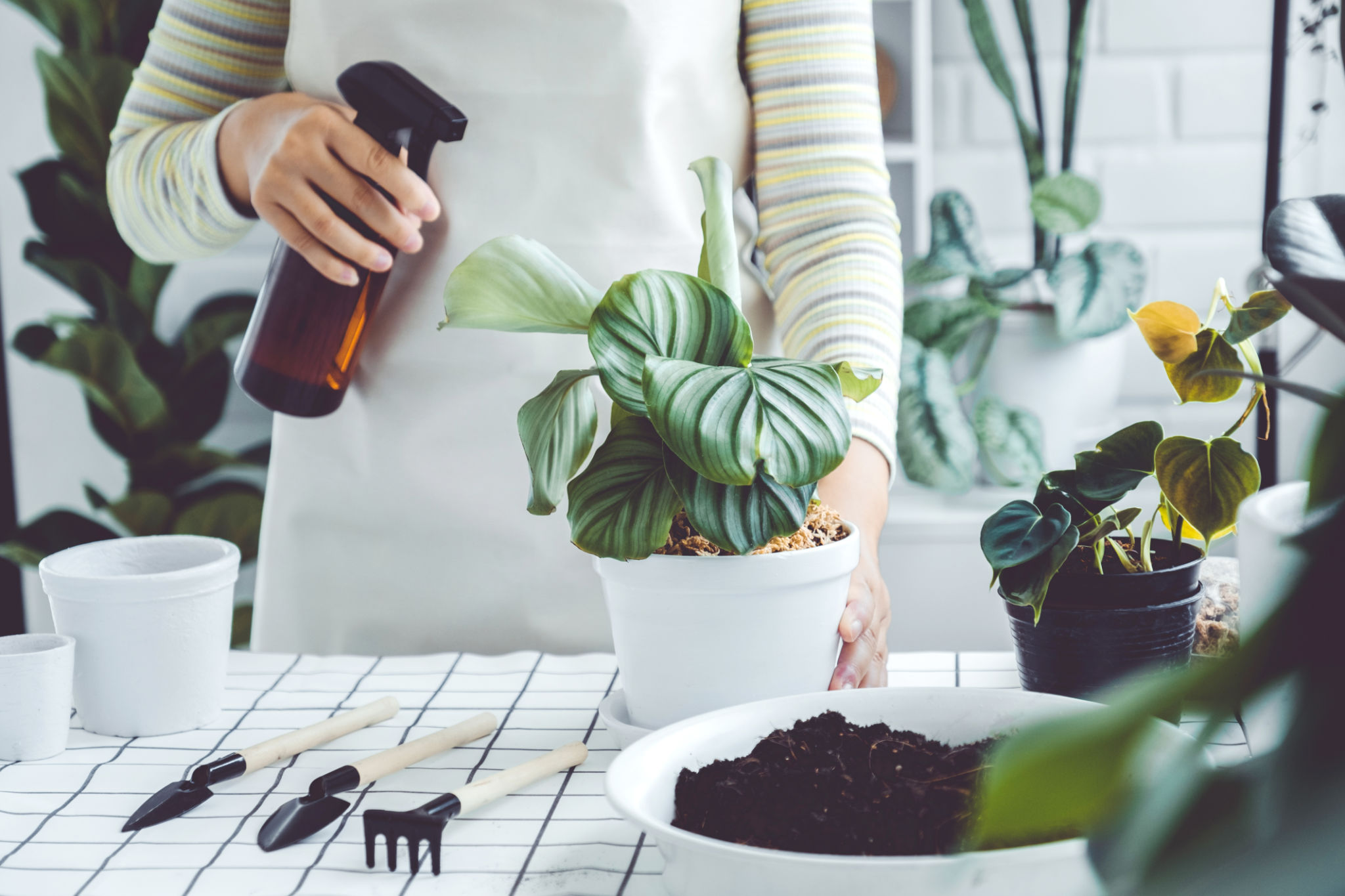Myths About Indoor Plants for Clean Air: What You Need to Know
Understanding the Role of Indoor Plants in Air Purification
In recent years, there's been a surge of interest in indoor plants, particularly regarding their ability to purify air. Many people believe that simply adding a few plants to your home can dramatically improve air quality. While it's true that plants have some air-filtering capabilities, the impact might not be as significant as you think.

The Origin of the Myth
The belief that indoor plants can significantly purify air stems from a NASA study conducted in 1989. The study suggested that plants could remove toxins like benzene and formaldehyde from the air. However, it's crucial to note that these experiments were conducted in sealed environments, which do not represent typical home settings.
In real-world conditions, the amount of plants required to match the air-purifying effects observed in the NASA study would be impractical. For substantial air purification, you would need dozens of plants per square foot, which is far beyond what most people can accommodate in their homes.

The Real Impact of Indoor Plants
While indoor plants do offer some benefits, they are not a substitute for modern air filtration systems. Plants can certainly enhance the aesthetic appeal of your space and provide a small boost to air quality, but relying solely on them for air purification is not realistic.
To effectively improve indoor air quality, consider a combination of strategies, such as using HEPA filters, ensuring adequate ventilation, and reducing indoor pollutants from cleaning products and other sources.

Benefits Beyond Air Purification
Despite their limited air-purifying abilities, indoor plants offer several other benefits. They can improve mood, reduce stress levels, and increase productivity. Having greenery around your home or workplace can create a more calming and nurturing environment.
Additionally, some studies suggest that interacting with plants can improve concentration and memory retention, making them an excellent addition to any study or work area.
Selecting the Right Plants
If you're interested in adding indoor plants to your space, consider selecting species that thrive in your specific environment. Some popular choices include snake plants, pothos, and peace lilies. These plants are known for their resilience and relatively low maintenance requirements.
Remember to consider factors such as light availability, humidity levels, and temperature when choosing your plants. Providing the right conditions will ensure they thrive and continue to offer their modest benefits.

Conclusion: A Balanced Approach
While the myth of indoor plants as powerful air purifiers has been debunked, they still hold value for their aesthetic appeal and psychological benefits. By incorporating a variety of methods to maintain good air quality and enjoying the presence of greenery, you can create a healthier and more enjoyable living environment.
Ultimately, it's about balance. Combine indoor plants with good ventilation and air filtration systems to achieve the best results for improving your indoor environment.